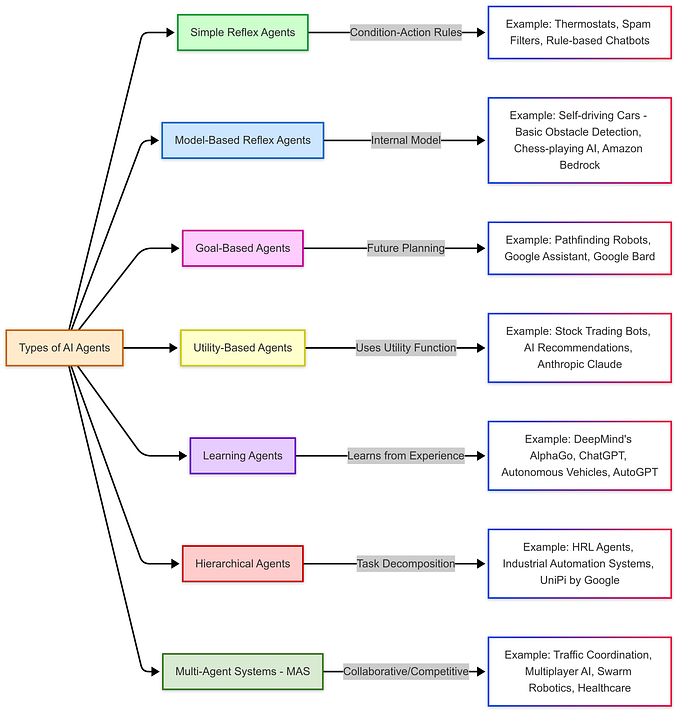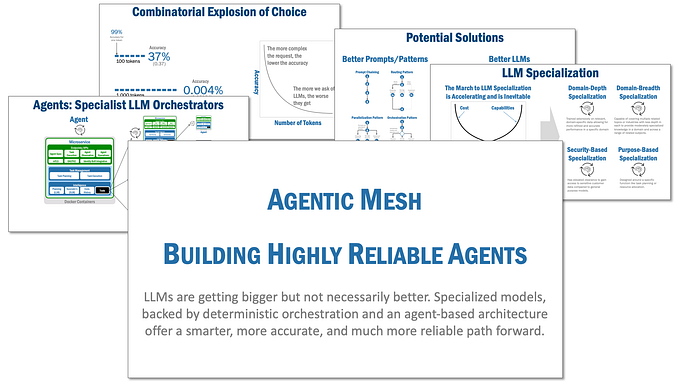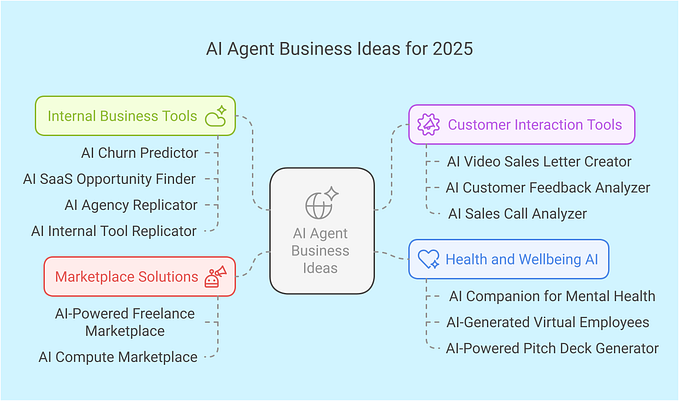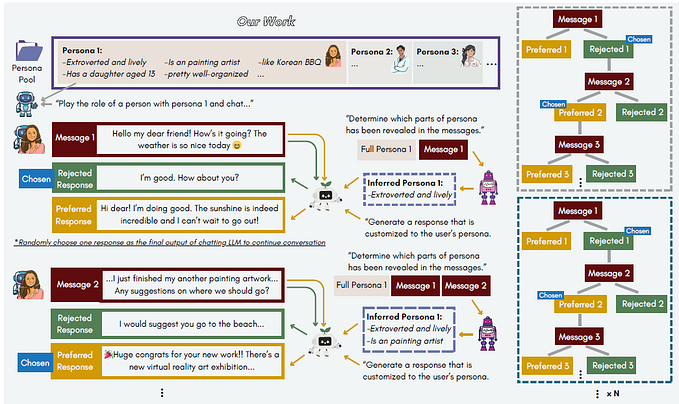Member-only story
How to build Ethical LLM Chains 🦜️🔗

As the world of AI and language models (specially LLMs) continues to evolve, businesses harness their power to drive innovation and improve customer experiences. However, with great power comes great responsibility. Enterprises need to ensure that the output of their language models adheres to a predefined set of principles, be it compliance, brand protection, risk management, or ethics : Large language models (LLMs) can occasionally generate undesirable outputs. A couple of well-known examples of this behaviour are harmful or hallucinating content. It is important to employ a mechanism to make sure the model’s responses are appropriate in the production environment. Luckily, these foundational models have the required information to correct themselves with a bit of push in the right direction. This is where Constitutional AI, a subfield of AI, comes into play: it’s a method for training AI systems using a set of rules or principles that act as a “constitution” for the AI system.
This approach allows the AI system to operate within a societally accepted framework and aligns it with human intentions. Some benefits of using Constitutional AI include allowing a model to explain why it is refusing to provide an answer, improving transparency of AI decision making, and controlling AI behavior more precisely with fewer human labels.










